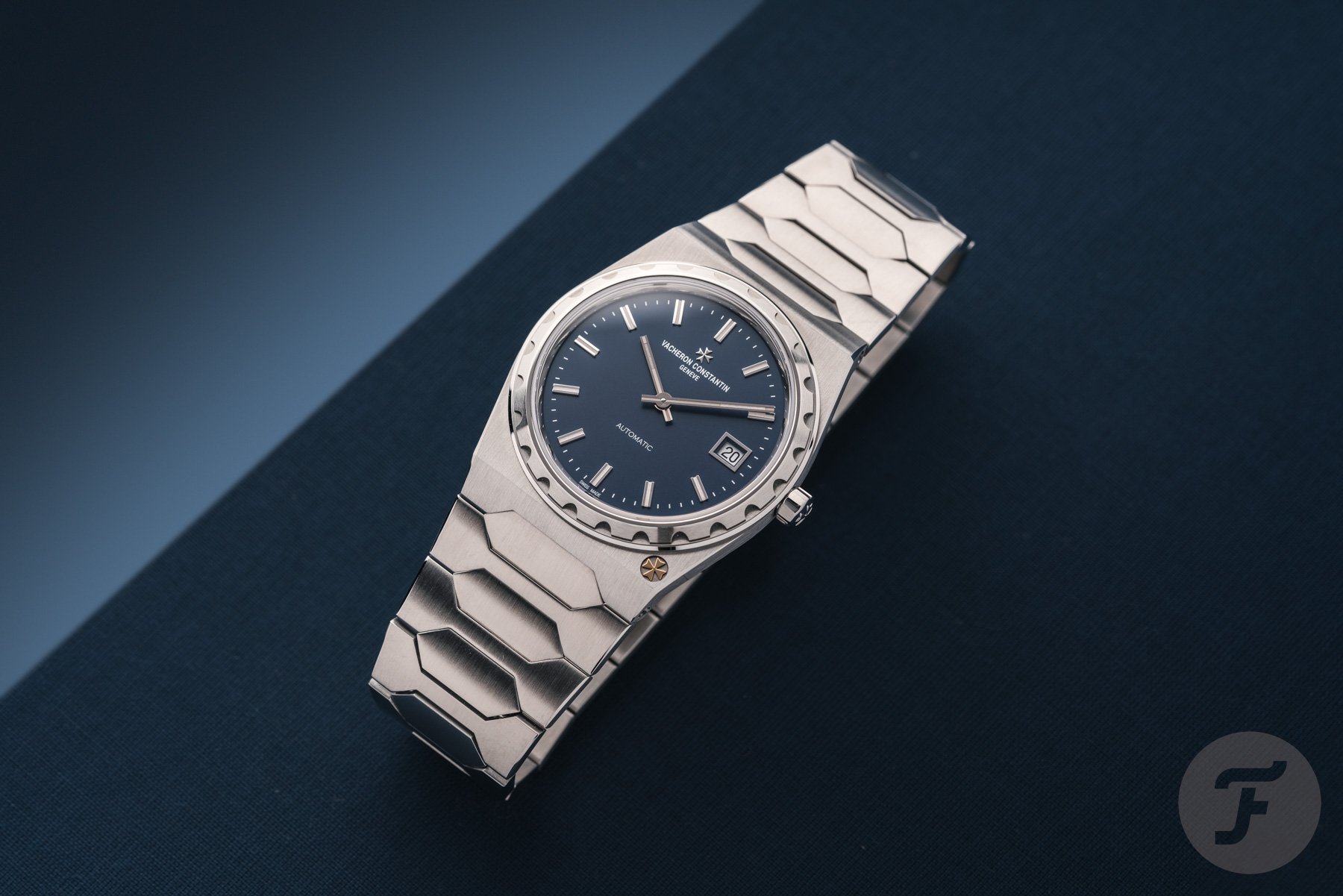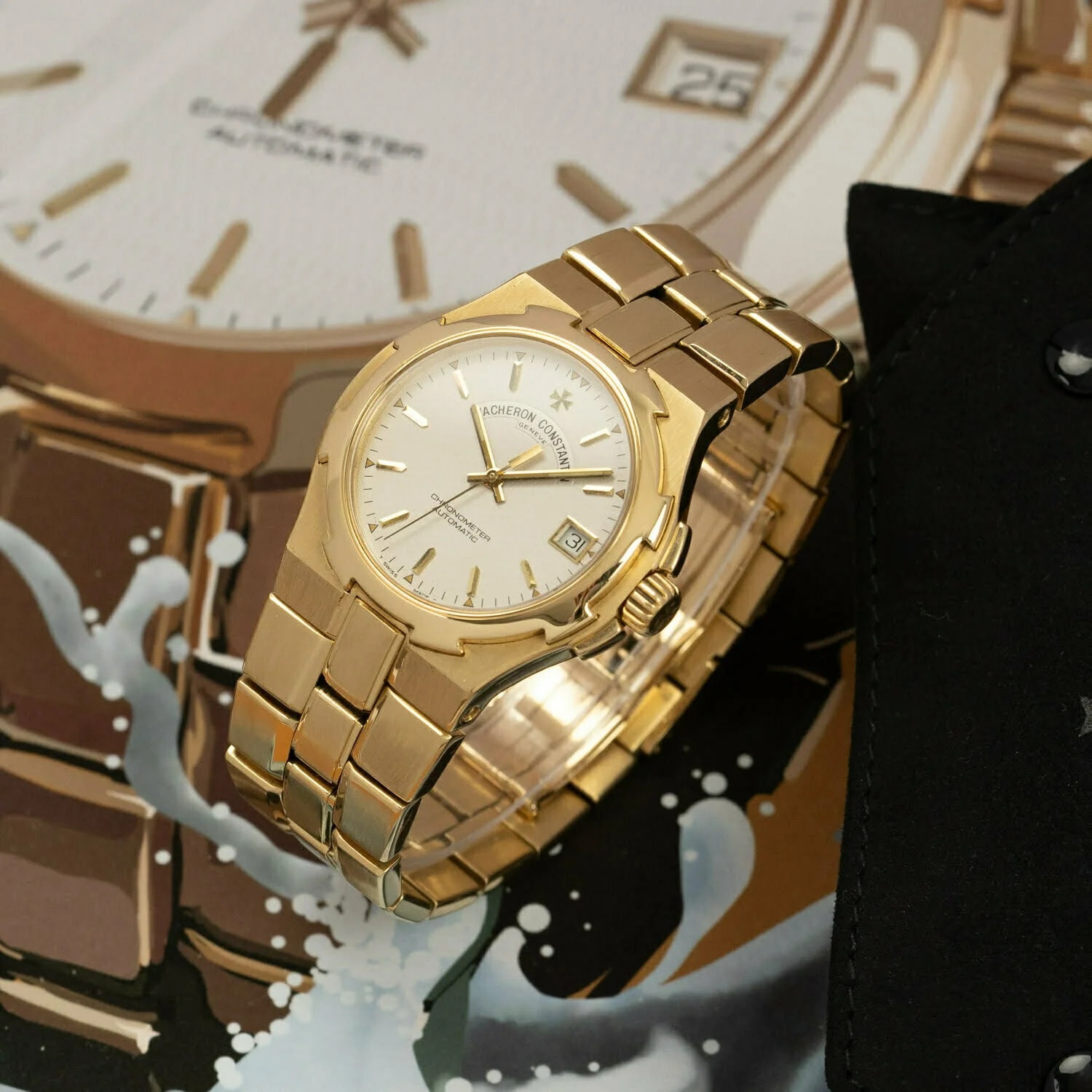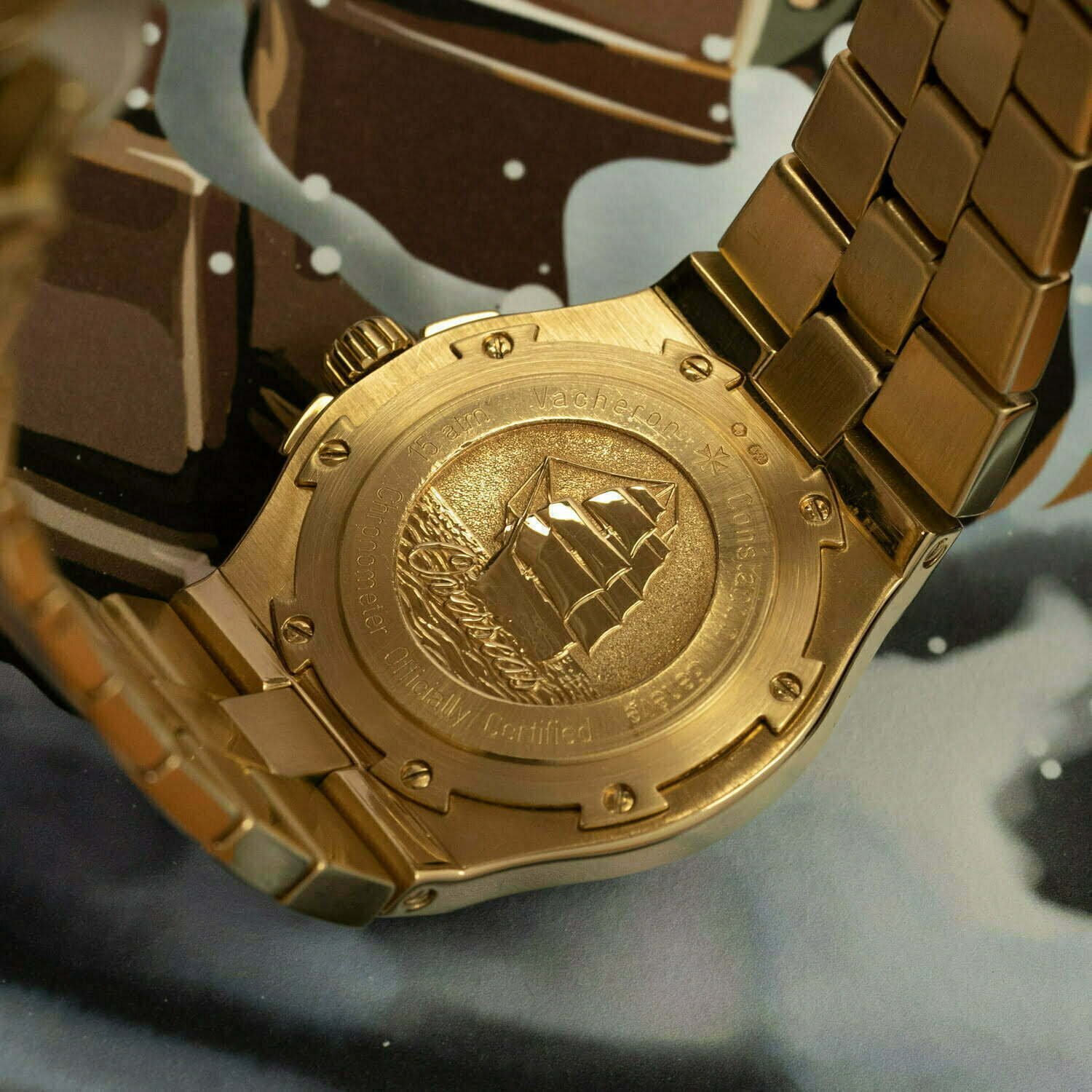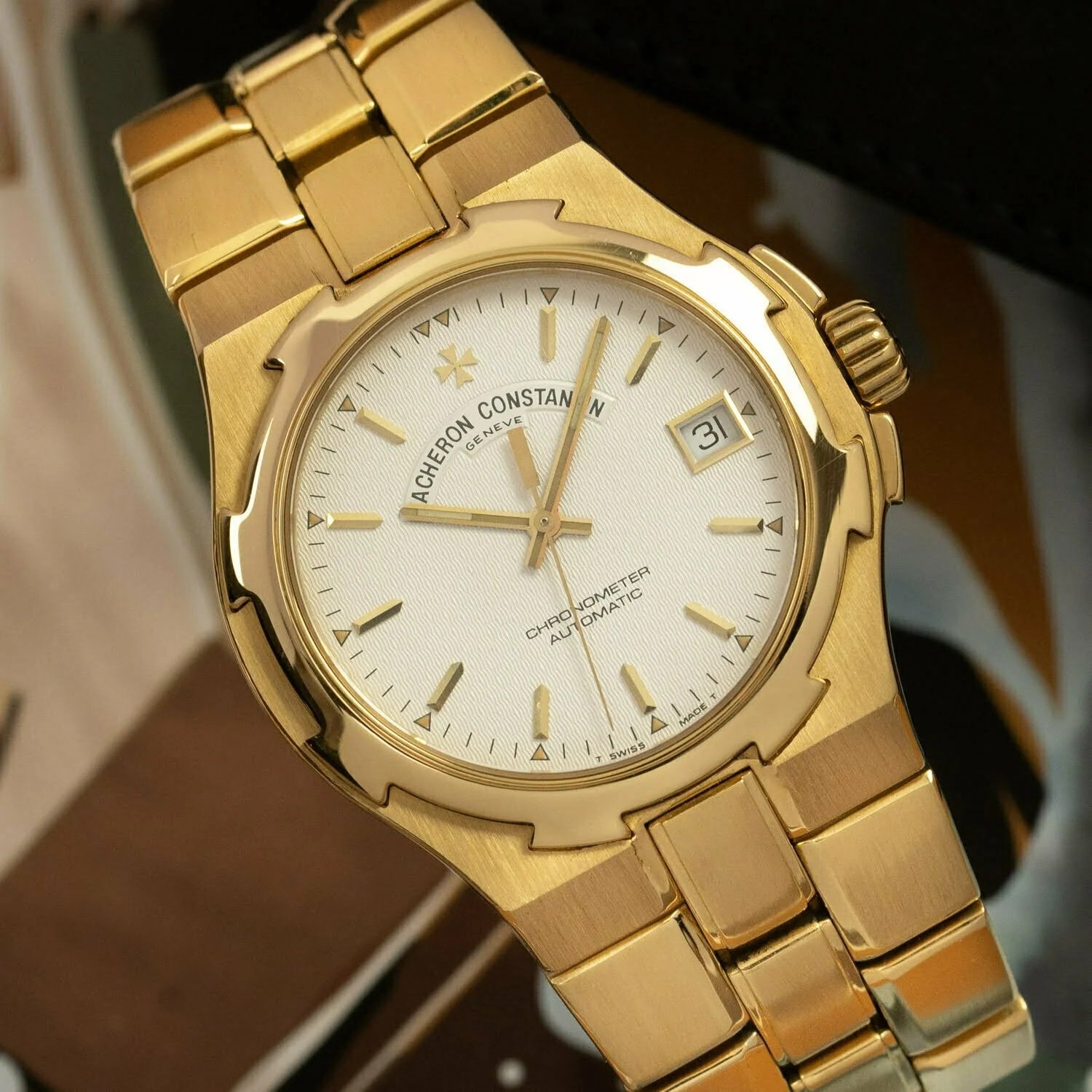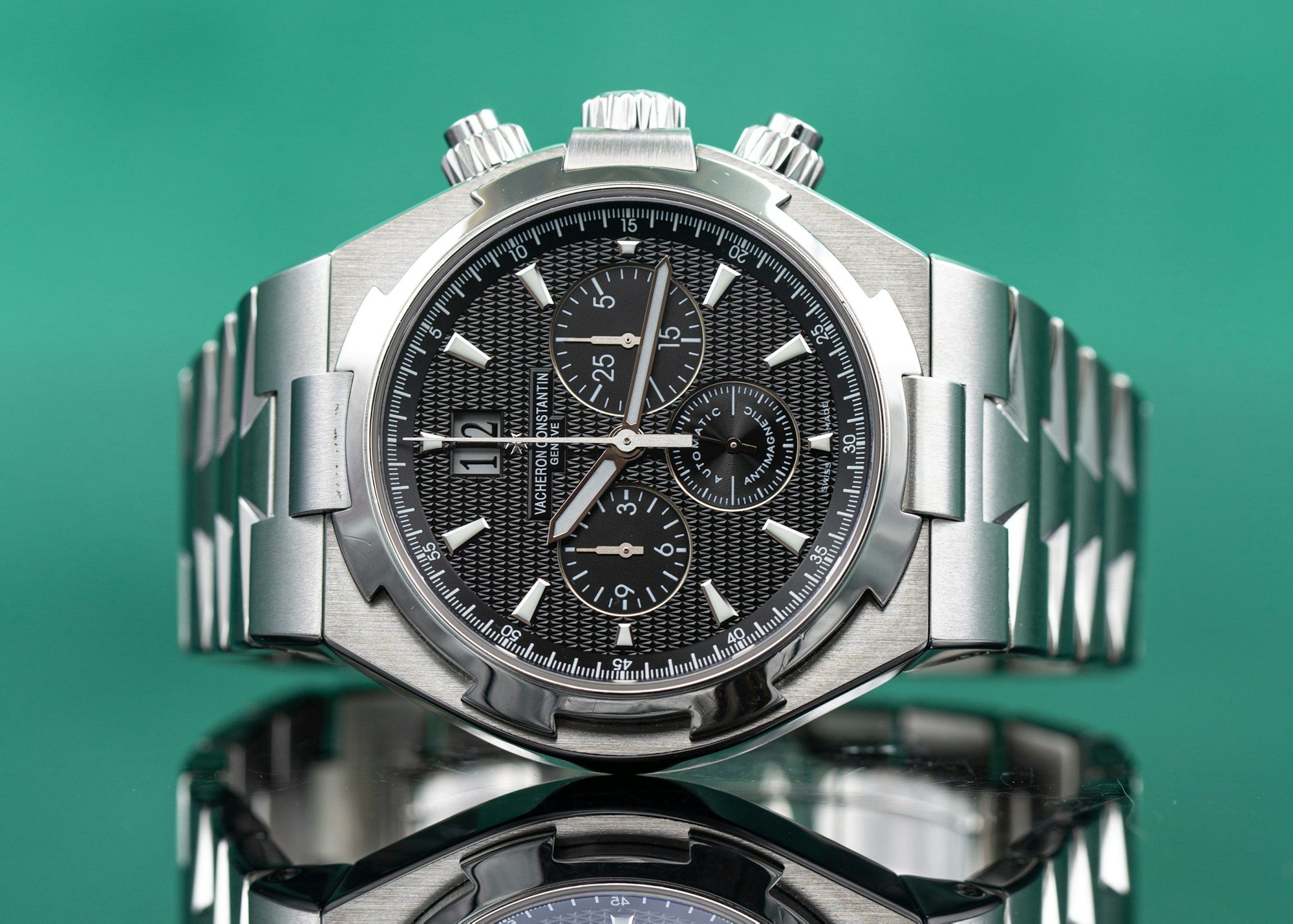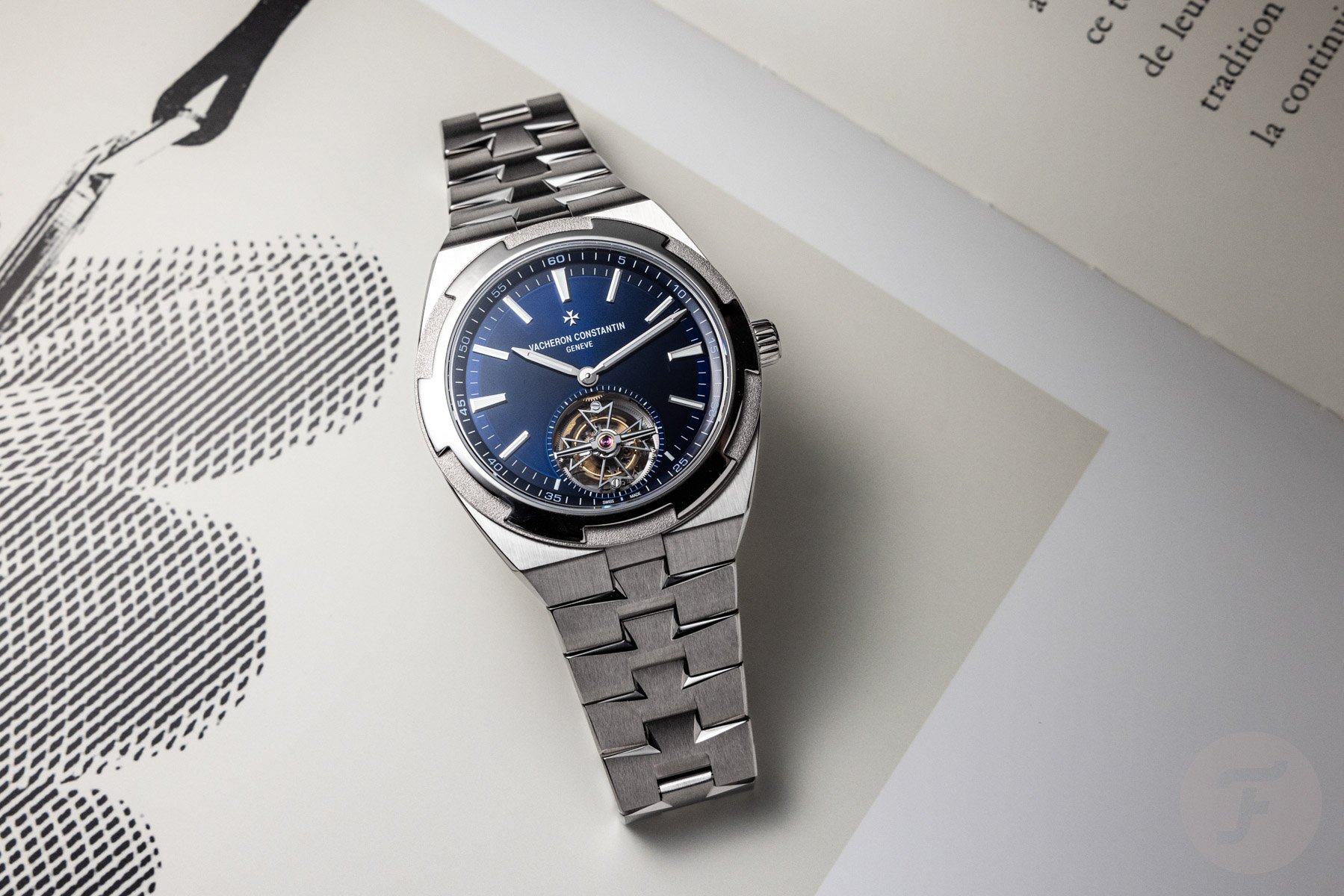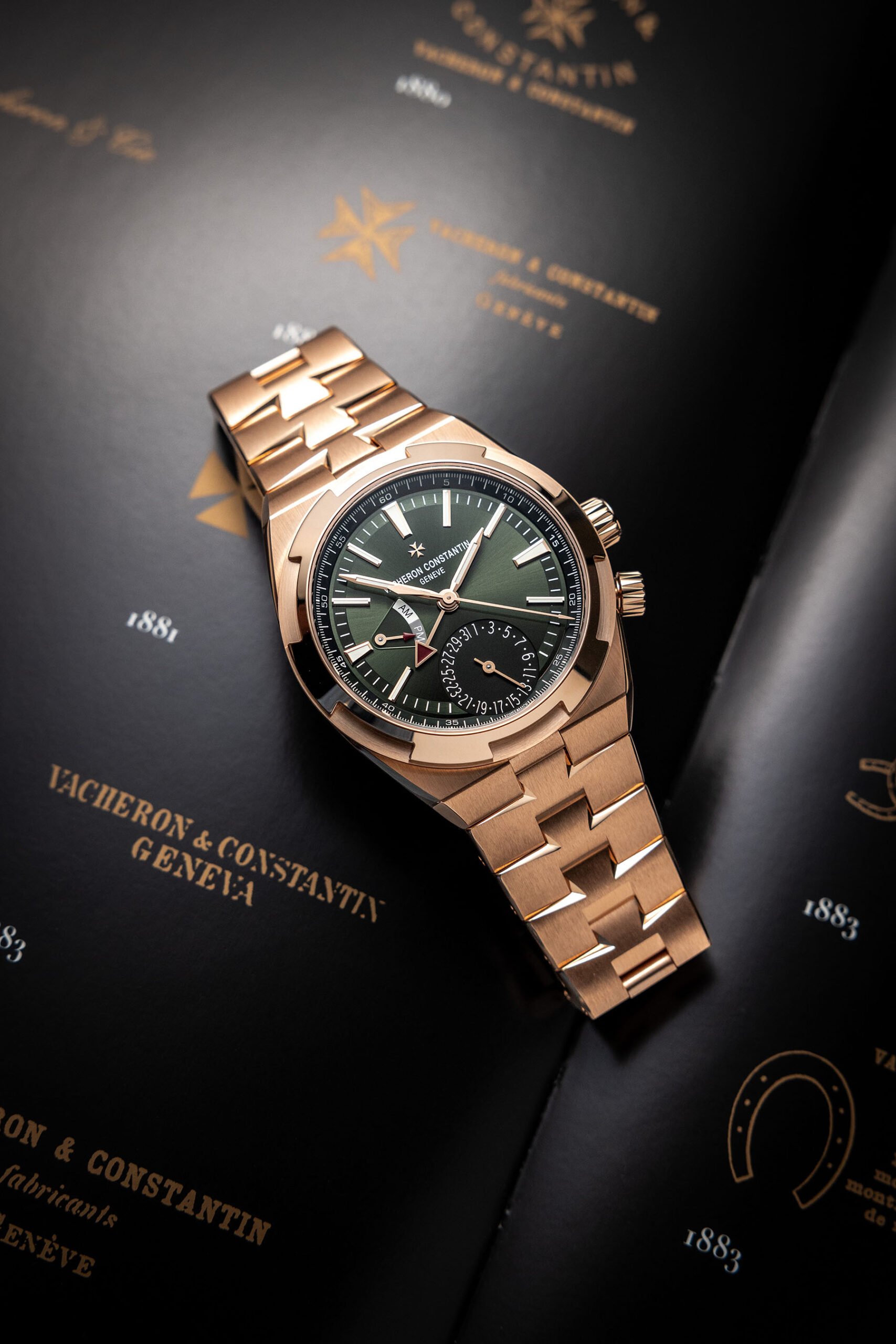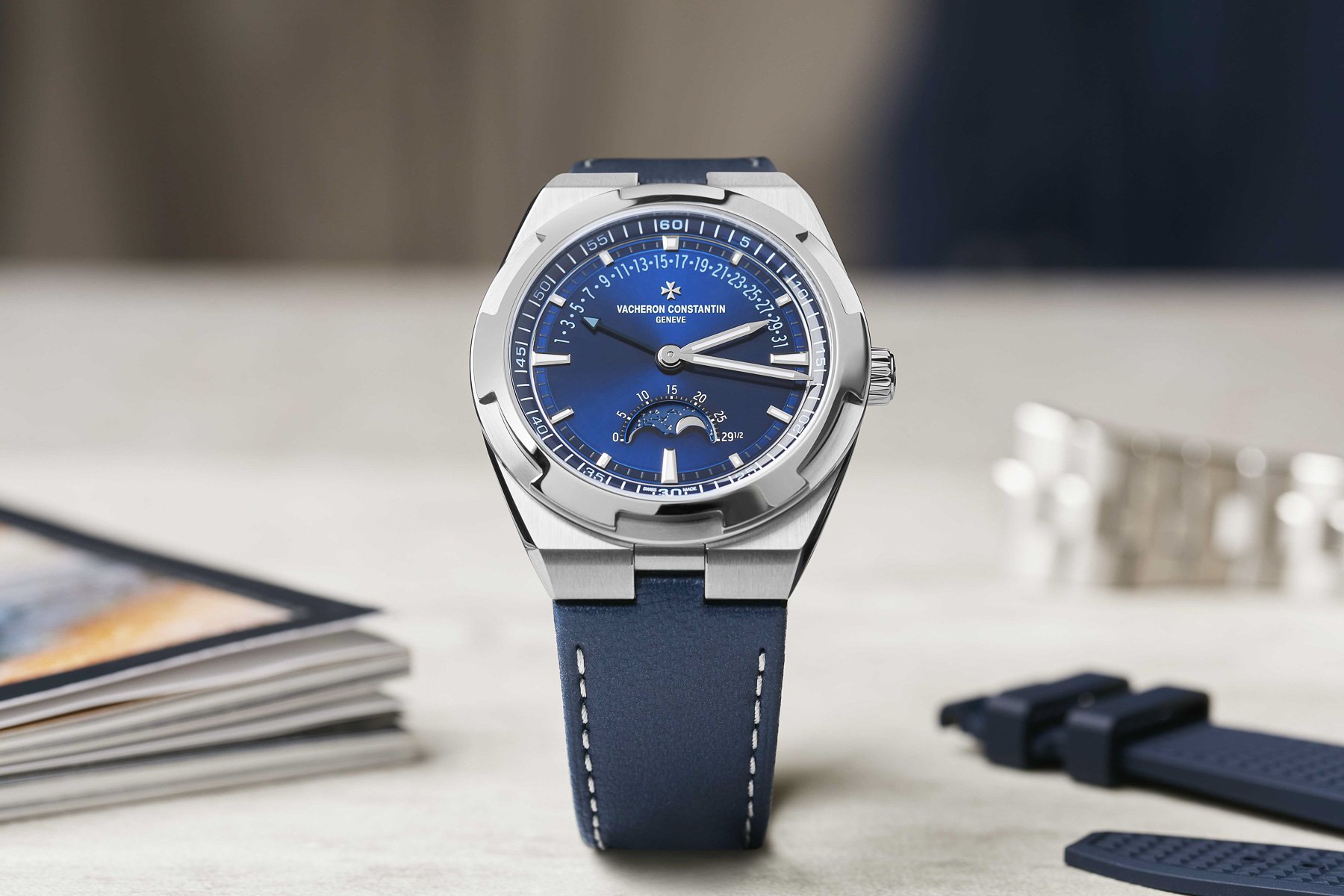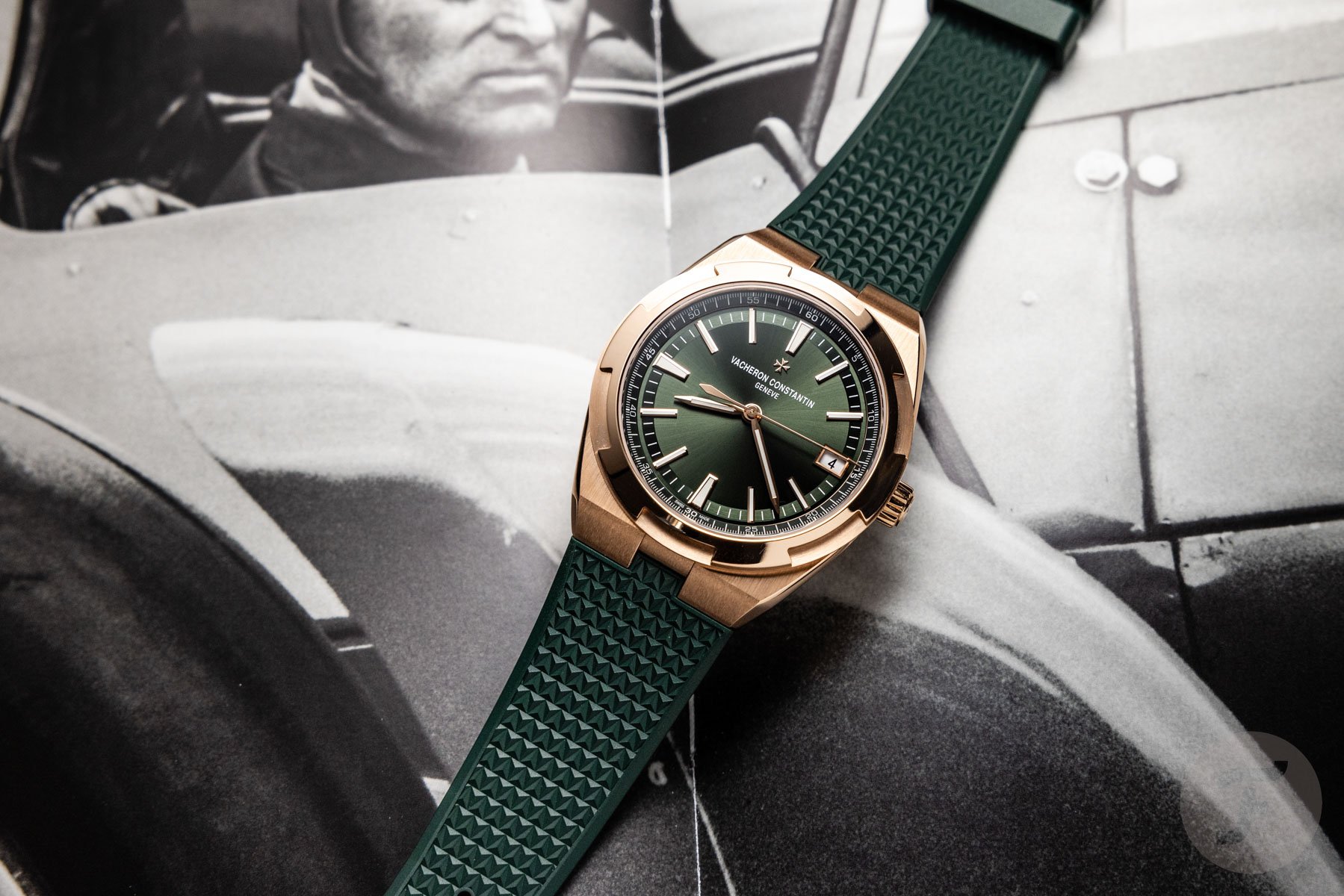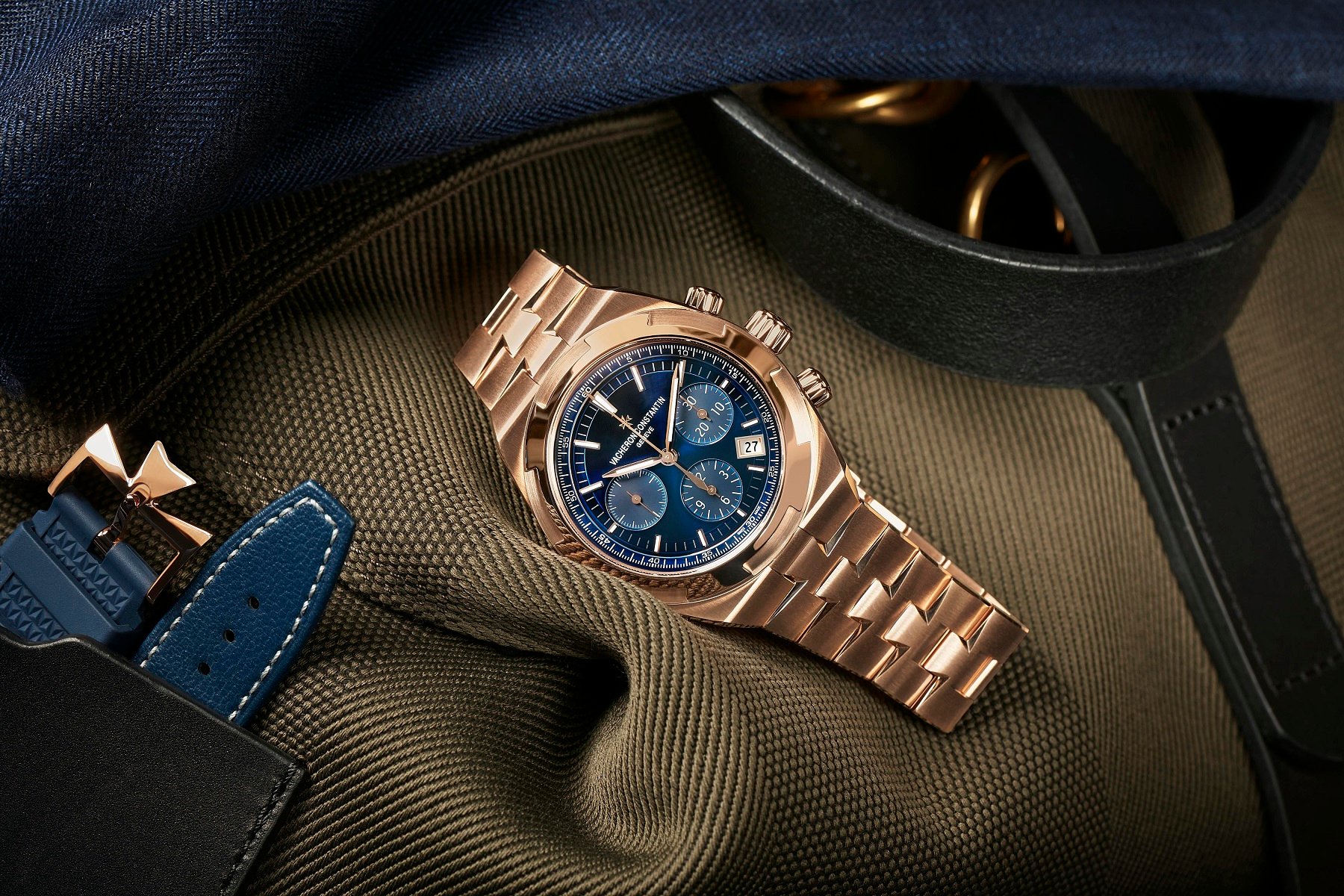Applying The Art Of Speculation To The Current Vacheron Constantin Overseas Collection
Please be aware that the headline does not refer to The Art of Speculation, a 1931 book by Philip Carret (1896–1998), a man considered a Wall Street legend and a leading thinker in basic value investing. Rather, I’m speculating what Vacheron Constantin has in store for us this year. As you’re probably well aware, this year, Genevan watchmaker Vacheron Constantin celebrates its 270th birthday. The celebrations started with a steel version of the Historiques 222, a sporty successor to the yellow gold version that debuted in 2022. That watch was a big deal for the brand and enthusiasts alike. Launching a steel version of the 222 three months ahead of Watches and Wonders, arguably the best venue to host the festivities, makes me wonder what watches will be on stage during the party. It has me applying the art of speculation to the current Vacheron Constantin Overseas collection.
Soon after the release of the Historiques 222 in luscious yellow gold, I wrote that the reborn integrated-bracelet sports watch rendered the Overseas obsolete. That statement was mainly founded on aesthetic ideas. I knew very well that Vacheron Constantin was not about to cancel a 40-watch-strong collection, not with the Overseas being a good alternative to some of the Genta-designed market-leading timepieces. Yes, I just wrote that the recent popularity of the Overseas depended on the unavailability of other watches. But it shouldn’t. And it doesn’t have to. The original 222 inspired the first Overseas, and the last reiteration, the Historiques 222 in steel, should serve as a starting point for the next generation.
Applying the art of speculation to the current Vacheron Constantin Overseas collection
For context, the 1975/76 Royal Chronometer ref. 2215 was “VC’s” first sports watch with an integrated bracelet. But it’s the Jörg Hysek-designed 222, which debuted in 1977 to celebrate the brand’s 222nd anniversary, that is the actual forefather of the Overseas. First and foremost, the original and the re-edition of the 222, with their barrel-shaped cases and notched, round bezels with design elements of the Maltese Cross, are very 1970s. Just seven years after it debuted, the 222 was discontinued. Only 12 years later, VC launched another luxurious sports watch with an integrated bracelet. But in 1996, the 222 didn’t return. Instead, VC launched a collection of watches dubbed Overseas.
Just as the 222 is very 1970s, the first-generation Overseas is very 1990s. Not only did the watch’s overall size grow, but so did its details. It sounds logical, but it didn’t necessarily happen proportionally. In the 1990s, there was a revival of luxury, but grunge also stems from that era. And so do dominant neon colors and oversized clothing. On the other hand, minimalism was also big, which led to trend watchers stating that the 1990s were the most contradictory and creative times ever. The first Seiko Spring Drive watches stem from that era, and so do the Blancpain Trilogy Fifty Fathoms, Fifty Fathoms GMT, and Air Command, which aren’t exactly timeless or important creations from an aesthetic point of view.
It is safe to say that in the 1990s, luxury watchmaking as we know it today was still in its infancy. The Quartz Crisis was still a vivid memory, and the idea of watchmaking as an emotional luxury experience was still something brands and customers had to get the hang of.
Forever a child of the 1990s
The first generation of Overseas watches was in production between 1996 and 2004. As you can see in the picture of reference 42050/423A, the design was edgy and angular. “Rough” and “unrefined” are also words that suit the watch’s design. Also, the first Overseas models look too different to be called a natural evolution of the original 222.
The same can be said about the second generation that debuted in 2004. Its Maltese-cross-inspired bezel and bracelet are still very angular and prominent. The plethora of shaped details particularly overshadow the fundamental shapes of the case; they draw too much attention to notice anything else.
In 2016, the Overseas collection received another facelift. The result, which we’re still dealing with today, is a smoother look. The rounded edges might have been upgraded in 2016, but 1996 still shines through. And that doesn’t do the Overseas any favors, especially when you have two variations of the way more timeless 222 in the collection.
Give the Overseas a fighting chance
Scrapping the Overseas collection and turning the Historiques 222 into a line including models with a perpetual calendar, chronograph, or tourbillon is not the way to go. However, using the original design of the 222 as a starting point for the fourth-generation Overseas might give the collection the right weapons to give it a fighting chance against the Royal Oaks and Nautiluses of this world.
What would those “weapons” be? Smaller, slimmer cases and subtler details. I mean, no disrespect to Dino Modolo, the man who, after drawing the Phidias for VC, designed the first generation of Overseas watches. Yes, the original Overseas design featured a thin, barrel-shaped case. Still, it also showed an ostentatious scalloped screw-down bezel and a sturdy — not to say “crude and chunky” — brick-style integrated bracelet. It was modern in the ’90s, but it’s impossible to call the design strong enough to stand the test of time.
If Vacheron Constantin could create a solid new foundation for the Overseas collection, the three-hand Self-Winding models with a date function would come to mind. The current watches with references starting with 4520V have a 41mm diameter case with a 10.6mm thickness. A 39mm diameter and a sub-10mm thickness would be a good starting point. Fewer details would also be favorable. Not everything has to look somewhat like a Maltese cross. If you ask me, the “less is more” principle also goes a long way for luxurious sports watches. Too many design frivolities not only clutter the overall look but also get in the way of aging with grace and relevance. I wish and hope for this regarding the fourth-generation Overseas.
Final predictions involving the 222
The original 222 was available in steel, steel/gold, and full gold. Two sizes were available — a 38mm version equipped with the ultra-thin caliber 1121 and a 34mm quartz model. Resurrecting the steel and gold model might be an idea for next year. However, a 34mm quartz model could be something we will witness during Watches and Wonders 2025. A historically accurate re-edition would be cool. But what would trump that and could sit next to the “normal” watch is a bejeweled, special celebratory edition with 270 diamonds on it.
This article started with some possible confusion regarding the type of speculation. For those who want to comment on my speculation on a possible next generation of Overseas models and the economic type of speculation, here’s a link to The Art of Speculation by Philip Carret. According to experts, the book is a classic in every sense of the word. Also, it is as relevant today as it was in 1931, the year in which it was written. Carret was considered a leading thinker in basic value investing, and Warren Buffett is a proclaimed admirer of Carret. I will stick to the art of speculating about possible future watches.

